The La-Jolla Complex
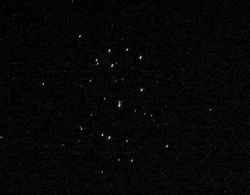 Pleiades or "They are Dancing"
Pleiades or "They are Dancing" 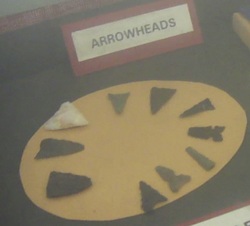 Arrowheads, excavated from the former village of Meti.
Arrowheads, excavated from the former village of Meti. 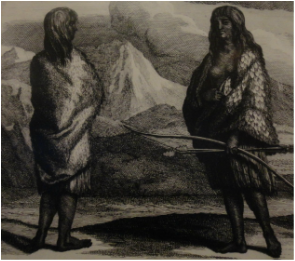 What the natives may have looked like, from the museum at the Cabrillo National Monument.
What the natives may have looked like, from the museum at the Cabrillo National Monument. 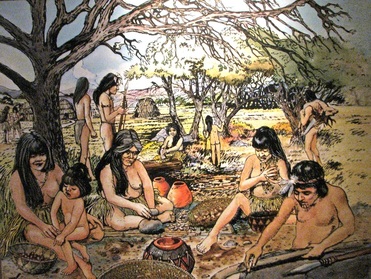 Ipai in San Pasqual Valley, can be found at the Battle of San Pasqual Museum.
Ipai in San Pasqual Valley, can be found at the Battle of San Pasqual Museum. 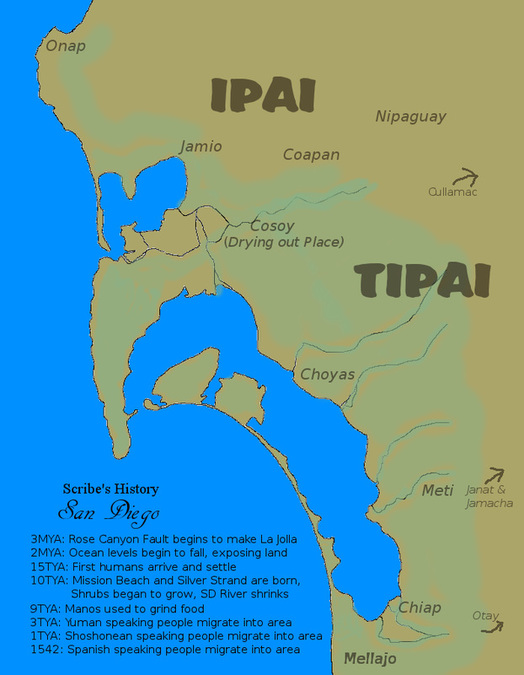 Approximate locations and names of ancient villages.
Approximate locations and names of ancient villages. Guacamals
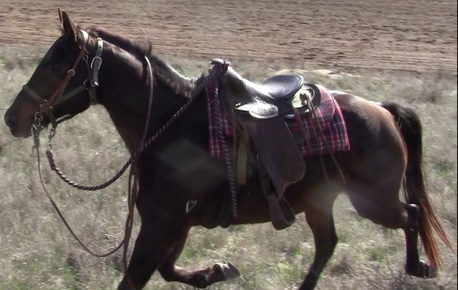 "Caballos" or Horses evolved in the Americas, but managed to escape extinction by migrating to Asia, where they were used as transportation instead of meat.
"Caballos" or Horses evolved in the Americas, but managed to escape extinction by migrating to Asia, where they were used as transportation instead of meat. “What’s going to happen next?”
Stay tuned for Background History, part 1, coming September 15, 2015.
Sources:
http://www.kumeyaay.info/history/
http://viejasbandofkumeyaay.org/wp-content/uploads/2014/10/ViejasHistoryBooklet.pdf
http://www.kumeyaay.com/kumeyaay-history/1-timeline.html
http://www.pbs.org/video/2365254548/
http://www.sandiegohistory.org/timeline/timeline.htm
Barona Cultural Center and Museum in the Barona Reservation
Cabrillo National Monument in Point Loma
Battle of San Pasqual Museum at San Pasqual Valley
Mission Trails Regional Park in Mission Valley
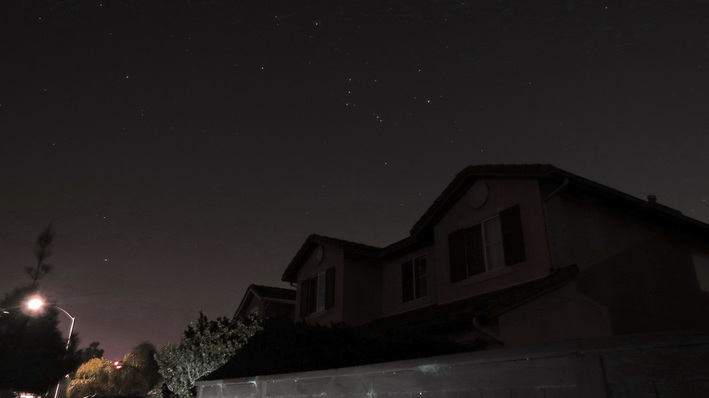
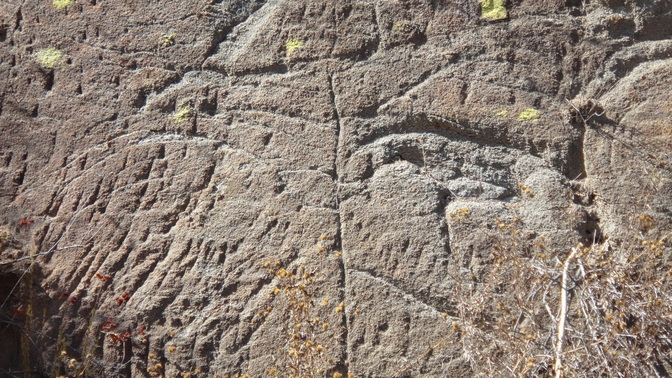
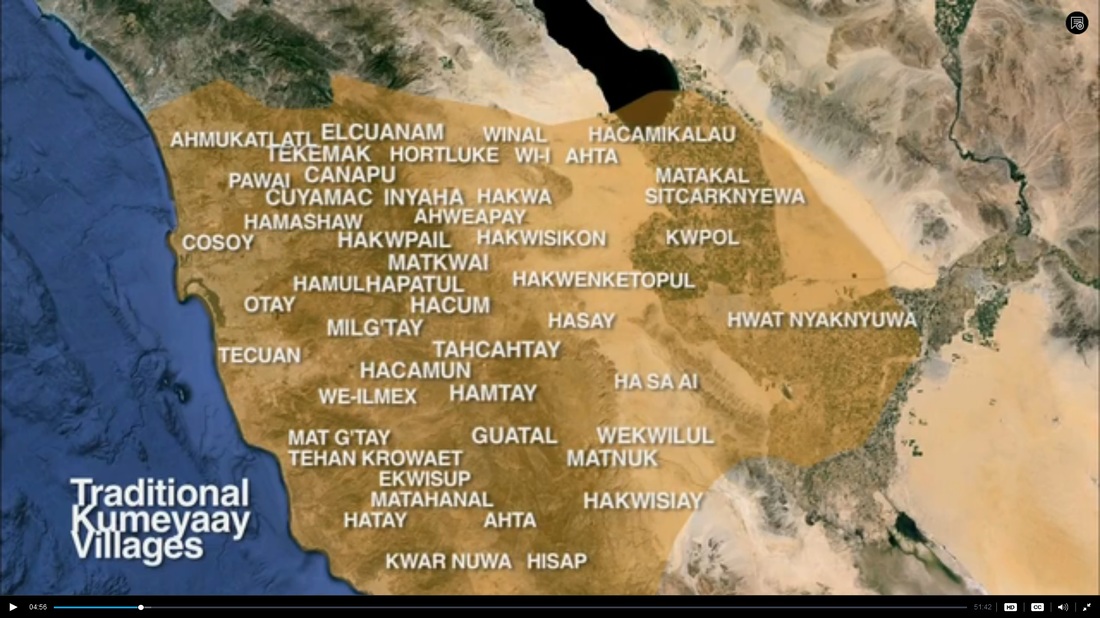
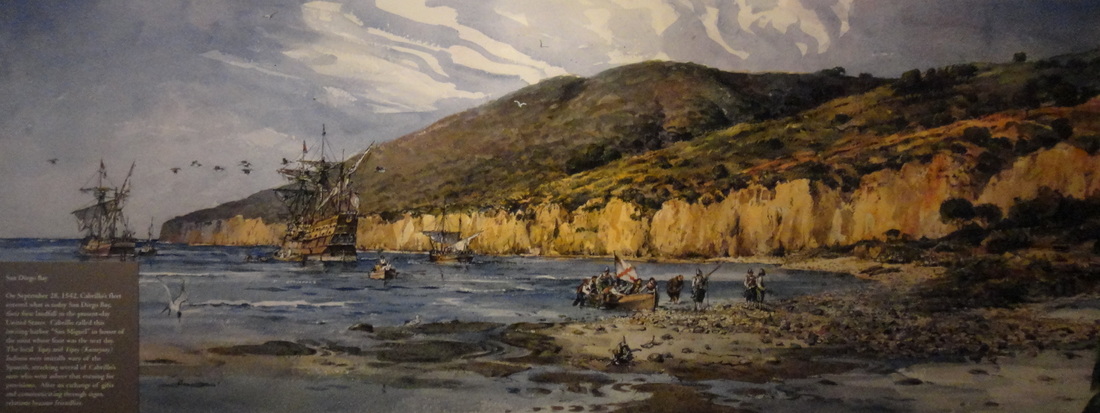
 RSS Feed
RSS Feed